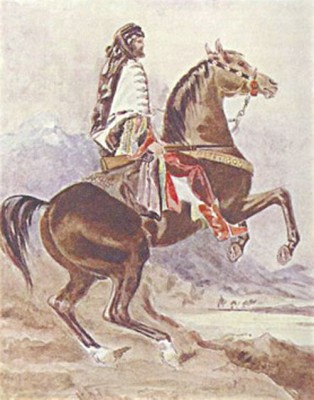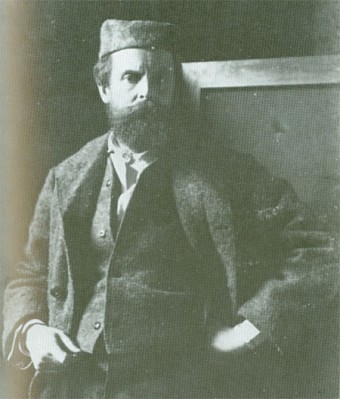Search Results for 'Galway gaol'
19 results found.
Peg Broderick-Nicholson and the War Of Independence
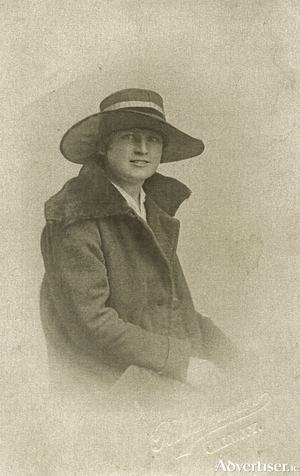
Peg was born at 17 Prospect Hill of parents with a strong nationalist outlook. She went to school in ‘The Pres’, where after the 1916 Rising there was a pitched battle between the wearers of the red, white, and blue badges (common during World War I) and those wearing green, white, and gold badges. The green side won, but then all the badges were confiscated by Mother Brendan.
The Priests to perform in Galway Cathedral

THE PRIESTS, the classical music vocal trio of Roman Catholic priests from Northern Ireland, will perform a concert in the Galway Cathedral to mark the cathedral's jubilee celebrations.
Galway Gaol
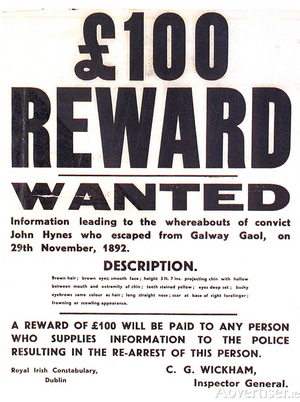
Our illustration today is of a ‘Wanted’ poster offering a reward for any information on a prisoner, John Hynes, who had escaped from Galway Gaol on November 29, 1892. We do not know what Mr Hynes was in jail for, but £100 was a lot of money in 1892, so it must have been a serious crime.
Remembering Myles Joyce
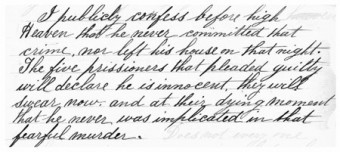
In April 1980, I interviewed Mrs Sarah Lynskey from Bridge Street, on her 100th birthday, for this column. In the course of our conversation, she told me her earliest memory was of “kneeling on the Salmon Weir Bridge with my mother and a lot of Claddagh women praying. I know they were Claddagh women because I can still see the triangles of shawl as they knelt on the bridge. We were praying for a fellow, they were going to hang him the next day. Joyce was his name”. She was talking about Myles Joyce, an innocent man who was to be hanged along with two others for the Maamtrasna murders.
Lords seek to declare execution of Mammatrasna murder accused a miscarriage of justice
Two members of the British House of Lords are seeking to have the British authorities declare that the hanging of a County Galwayman 130 years ago a miscarriage of justice.
Culture Night in Galway City Museum
Galway City Museum will celebrate Culture Night tomorrow evening with a series of short talks covering all aspects of Galway history.
Extraordinary victory for the people of east Galway
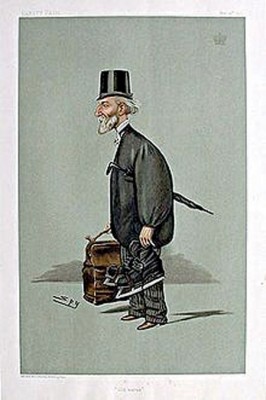
Between 1869 and 1909 a revolution took place in land ownership in Ireland. A succession of Land Acts gradually reduced the powers of the landlord, and gave their former tenants the means and the opportunity to buy out their tenancy, and to own their own farms. Generous terms were given to tenants by the Wyndham Act of 1903. £100 million was advanced for land purchase, which was immediately availed of by the great majority of tenants. Tenants were advanced the whole purchase price of their holding, at a little over three per cent to be repaid over 68 years. Most landlords were pleased to accept the ready cash, and a whole new social structure emerged throughout the island. However, initially landlords were not compelled to sell, and the independently wealthy marquis of Clanricarde of east Galway refused to cooperate. But his days of evictions, disparaging remarks about his tenants, his bully boy land agent Edward Shaw Tener and his henchmen, were numbered.

